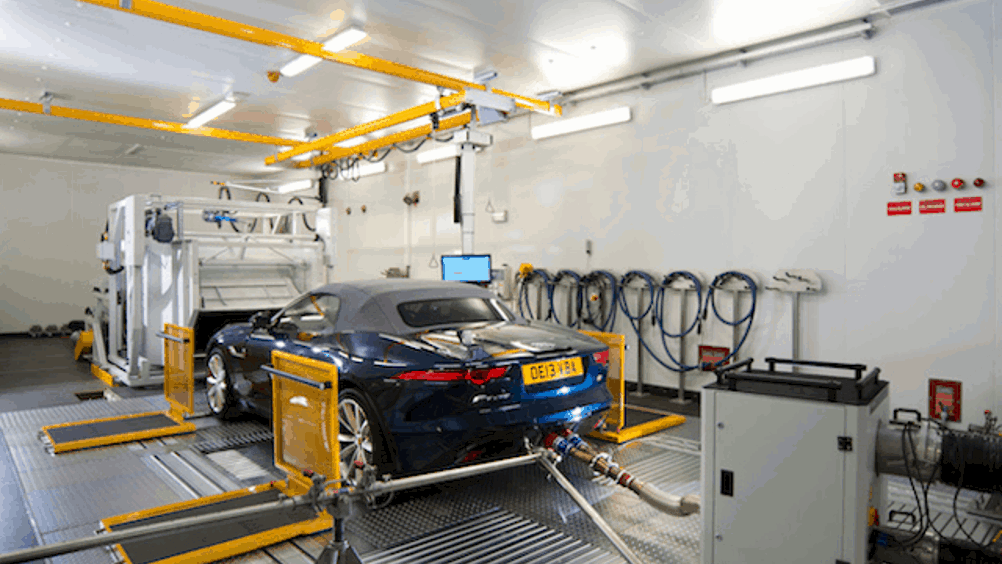Ricardo launches emissions test facility for low-carbon vehicles
A £10m research centre has been opened by engineering consultancy Ricardo, designed to help automotive customers who are developing the next generation of low carbon vehicles.

The Ricardo Vehicle Emissions Research Centre (VERC), one of the world’s most advanced emissions test facilities, was opened by Bloodhound project director Richard Noble as part of the company’s centenary celebrations at its Shoreham-by-Sea headquarters.
The VERC facility is capable of testing anything from small passenger cars to light trucks of up to three tonnes, including advanced hybrid electric vehicles and technologies such as energy regeneration and start/stop systems.
Importantly for hybrid and plug-in hybrid vehicle testing, it can measure battery state of charge as well as emission levels.
The facility is designed to do much more than simply testing that vehicles are meeting emissions regulations, according to Richard Murphy, head of UK test operations at Ricardo.
“The design behind the facility was to deliver more than the level of accuracy that the current and future legislation requires,” he said. “Our bread and butter is in developing the technology that gives you the capability for those emissions targets, and for that engineers can require accuracies of 0.1 or 0.5 per cent,” he said.
Register now to continue reading
Thanks for visiting The Engineer. You’ve now reached your monthly limit of news stories. Register for free to unlock unlimited access to all of our news coverage, as well as premium content including opinion, in-depth features and special reports.
Benefits of registering
-
In-depth insights and coverage of key emerging trends
-
Unrestricted access to special reports throughout the year
-
Daily technology news delivered straight to your inbox










Klein Vision unveils AirCar production prototype
According to the Klein Vision website, they claim the market for flying cars will be $1.5 trillion by 2040, so at the top end $1 million per unit that...